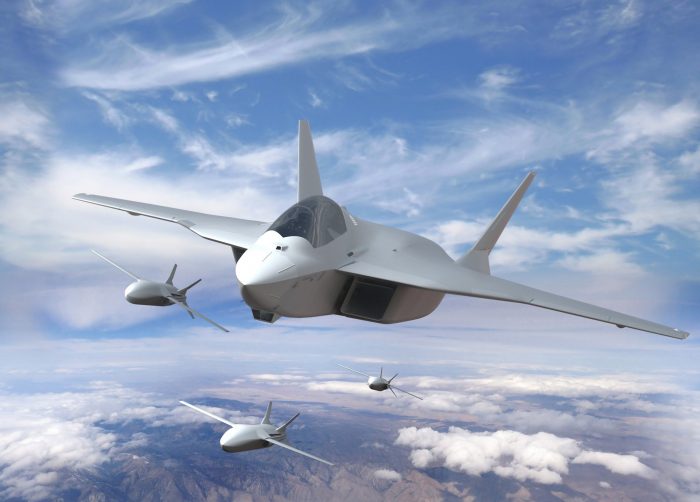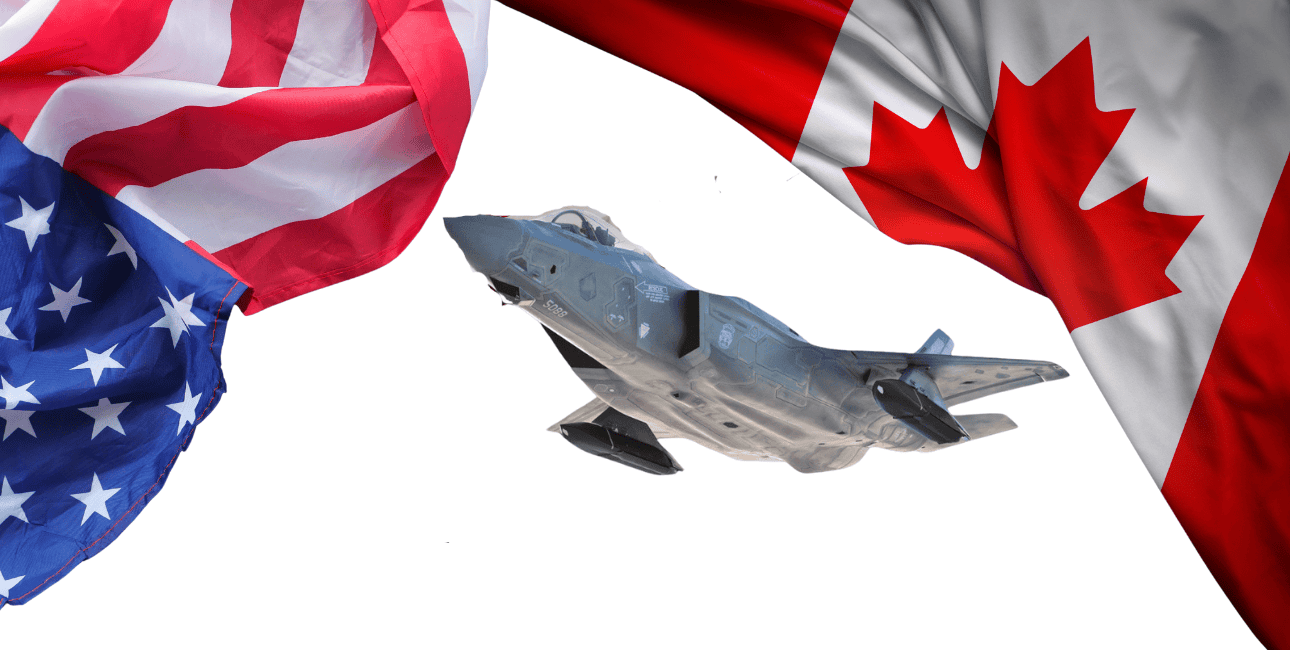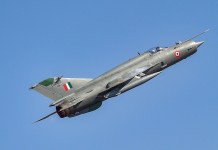The Lockheed Martin F-35 Lightning II may be in for another setback as Spain has shelved plans to purchase the fifth-generation stealth aircraft, according to a report by the Spanish newspaper El País.
According to the report, Spain allocated about 6.25 billion euros, or $7.24 billion, in its 2023 budget to buy new fighter jets. However, the Spanish government’s intention to use the majority of the extra 10.5 billion euros for defense in Europe this year made it nearly impossible to buy the American stealth aircraft.
Notably, the development comes amid concerns that potential US policy shifts under the Donald Trump administration have pushed Europe to prepare for scenarios where US military support may wane. This concern has triggered calls within Europe to increase self-sufficiency and buy European equipment to reduce reliance on Washington.
Moreover, tensions have rocked the US-Spain relationship. The Trump administration has pushed NATO allies to increase defense spending to 5% of GDP, a significant jump from the previous 2% target.
Spain, led by Prime Minister Pedro Sánchez, resisted this, citing incompatibility with its welfare state and economic priorities. This position was heavily criticised by Trump, who also threatened to impose additional tariffs on Madrid’s goods.
Spain’s inclination for European defense options is believed to be aimed at strengthening its industrial base and is in line with Sánchez’s larger call for EU defense independence, which runs counter to US demands that NATO members share defense costs, especially through American procurement.
This is not the first time that Spain has rejected the F-35 after hinting that it was mulling the purchase of the American stealth aircraft.
For instance, in 2021, reports emerged that Spain was evaluating the acquisition of 50 F-35s, comprising 25 F-35A models for the Spanish Air Force to replace its Boeing F/A-18 Hornets and 25 F-35B models for the Spanish Navy to replace its AV-8B Harrier II aircraft.
However, by November 2023, Spain’s Ministry of Defense stated it had no plans to acquire the F-35, focusing instead on the Eurofighter Typhoon.
With F-35 out of the equation, Spain is left with two options to reinforce its inventory: the 4.5th-generation Eurofighter Typhoon and the sixth-generation Future Combat Air System (FCAS) that is currently under development.

As one of the four members of the Eurofighter consortium, the country signed a contract for 25 additional Eurofighters under the Halcon II program in December 2024. The order covers the delivery of 21 latest-generation single-seat and four twin-seat Eurofighter aircraft to replace part of the F-18 fleet operated by the Spanish Air and Space Force.
This would bring the Spanish Eurofighter fleet to 115 aircraft. It is not clear whether the country is looking to place another order for the aircraft any time soon.
Spain is also co-developing the next-generation Future Combat Air System (FCAS) aircraft along with France and Germany. However, this collaboration has run into trouble due to disagreements over workload sharing, as recently reported by the EurAsian Times.
Within the FCAS grouping, Airbus is responsible for the “loyal wingman” remote-carrier drone design, new cloud capabilities, and stealth technology, while Dassault is responsible for the new fighter plane. Safran is developing a new jet engine for the fighter, while Spain’s Indra is in charge of the sensor systems.
Notably, the French aircraft manufacturer Dassault Aviation reportedly wants to take 80% of the workshare and develop the Next-Generation Fighter (NGF), which is at the centre of FCAS.
Germany, represented by Airbus, has been unwilling to allow Dassault to take the lion’s share, which would benefit the French contractor and leave little for the German industry. The three stakeholders have attempted to make the arrangement work, but differences continue to arise, causing delays in development and pushing its fielding date back by nearly a decade.

This aircraft is unlikely to become operational any sooner than 2040, leaving all the stakeholders with little choice but to augment their fleets with other alternatives in the interim. While France is working on an upgraded and more advanced F5 variant of Rafale, Germany has already placed an order for the American F-35, in addition to purchasing Eurofighters.
Spain, then, has little choice after shelving the plans for the F-35.
Another Setback For The F-35
Spain’s reported refusal to buy the F-35 comes after a similar decision taken by Portugal amid rumours of a “kill switch” and concerns that any F-35 fleet would rapidly become ineffective without access to American-controlled maintenance, logistical, and computer networks, giving indirect control to the US administration over the operations of the F-35 in service with practically any country.
Portugal said in March that it is reconsidering its plans to purchase the fifth-generation F-35 Lightning II stealth fighter jet and is considering a European alternative.
“We cannot ignore the geopolitical environment in our choices. The recent position of the United States, in the context of NATO … must make us think about the best options, because the predictability of our allies is a greater asset to take into account,” Portuguese Defense Minister Nuno Melo said in an interview.
The Portuguese Minister said, “The world has changed … and this ally of ours … could bring limitations to use, maintenance, components, and everything that has to do with ensuring that aircraft will be operational and used in all types of scenarios.” Without giving specific details, he said, “There are several options that must be considered, particularly in the context of European production.”
Separately, Canada’s plan to acquire F-35 fighter jets is currently under review, with the government considering whether to proceed with the full purchase of 88 jets (beyond the 16 that have been paid for).
The decision was announced by Canadian Prime Minister Mark Carney earlier this year as US President Donald Trump imposed unprecedented tariffs on Canada and made repeated calls to make the country the 51st state of the US.

Carney also announced that the RCAF will be looking for alternatives to the F-35 fighter, particularly in Europe. In addition to the existing political tensions, a new report from Auditor General Karen Hogan stated that the planned purchase of 88 F-35A fighters by Canada is facing a host of challenges: skyrocketing costs, a lack of critical infrastructure, and a shortage of trained pilots.
Meanwhile, recent reports suggest that India has also communicated that it is not keen on buying the F-35, which was orally offered by Trump in February 2025, as recently reported by the EurAsian Times.
Not just that, the United States has itself slashed its procurement of the F-35 Lightning II. The Air Force has proposed a significant reduction for 2026, planning to buy only 24 F-35As. The move reflects concerns over costs and has been lambasted by veterans and several US officials.
However, these developments have caused a massive hit to the reputation of the F-35, which was the most popular aircraft for exporters until last year. Additionally, all these decisions combined have led to a major hiccup for Lockheed Martin, which recently lost the Next Generation Air Dominance (NGAD) contract to Boeing.
- Contact the author at sakshi.tiwari9555 (at) gmail.com
- Follow EurAsian Times on Google News




